Ignorance is not bliss: Population increase affects Coastal community
I grew up in a coastal area that has recently seen a population boom of 775% in the last five years, where I watched the effects that urbanization had on the local ecosystems.
The fishing quarries, DIY skateparks and marshes we played in as children has been smeared with pavement. Forked River, New Jersey, facilitated my passion for environmental preservation. It has led me to pursue a degree in sustainability where most of my coursework and research is based here at Coastal Carolina.
This area is a part of the Waccamaw Watershed includes both Horry and Georgetown counties. These areas have seen population booms upwards of 1200% in 72 years, which is one average lifetime.
We felt this increase of population here in the small community of this University where we fight to find parking and stand in absurd lines to get our morning coffee. In the same way we feel the effects on campus, the communities and ecosystems residing in this watershed experience challenges.
First off, the increase in demand for land in these areas call for a raise in property value. This puts locals in danger of buyouts and price increases beyond what was once affordable.
While land value is going up, land crowding is also happening.
Increase in demand of an area also comes with an increase in infrastructure such as homes, businesses, bulkheads, piers and dams. In the last 25 years, Horry County alone has lost 20% of its wetlands to industrialization. This infrastructure on the wetlands affects the natural interworking of these ecosystems.
Water quality has decreased due to this industrialization of the wetlands. Obviously, increased human presence in an area creates increased waste. This means more boats on the water, more cars on the road, more litter thrown out the windows and more garbage bags brought to the dump. Overall, more pollution.
This is a trend seen over and over with urbanization. Human presence and environmental negligence curated this.
Along with the decrease in quality, water levels have reached dangerous highs. The amount of drained wetlands and the rapid installment of infrastructure creates more groundwater with nowhere to go. This causes high flood waters, which we experienced firsthand during hurricane Ian.
In March, the USDA dedicated upwards of $166 million to invest in flood prevention infrastructure, including Sandy Island in Georgetown as a beneficiary.
The rise in water levels also causes saltwater to be pushed upstream into the brackish water, creating unstable ecosystems. This affects our native wildlife and plants because most native freshwater organisms cannot survive the rising salinity. Although this is a problem more for the future, the levels will keep rising unless proactive measures are taken.
The initiatives Coastal Carolina University has taken toward sustainability during these population influxes comforts me and makes me excited to get involved as a student. The Waccamaw Watershed home have also been proactive in sustaining our wetlands, such as The Nature Conservancy, The Waccamaw National Wildlife Refuge, and others.
Recently, state governments have taken strides to buy back inhabitable properties due to flood waters and land that will remain untouched. Local governments must stop handing out permits for infrastructure as they clearly affect the environment.
It is important for students to get involved with the community and be proactive against pollution. Yes, this means using reusable water bottles and straws, taking shorter showers and using the shuttles on campus.
To whomever this concerns: stop throwing your Cook Out tray out the window on the highway.


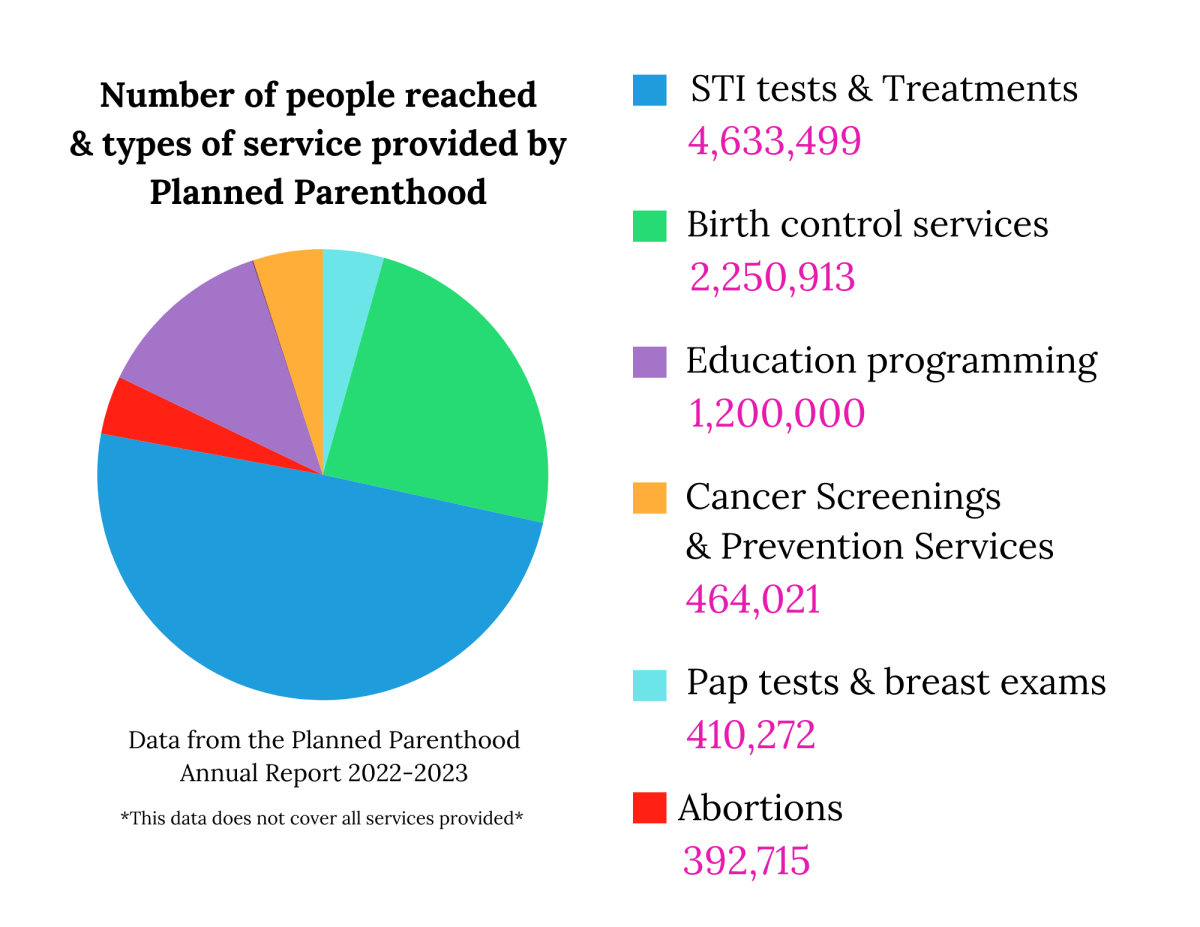
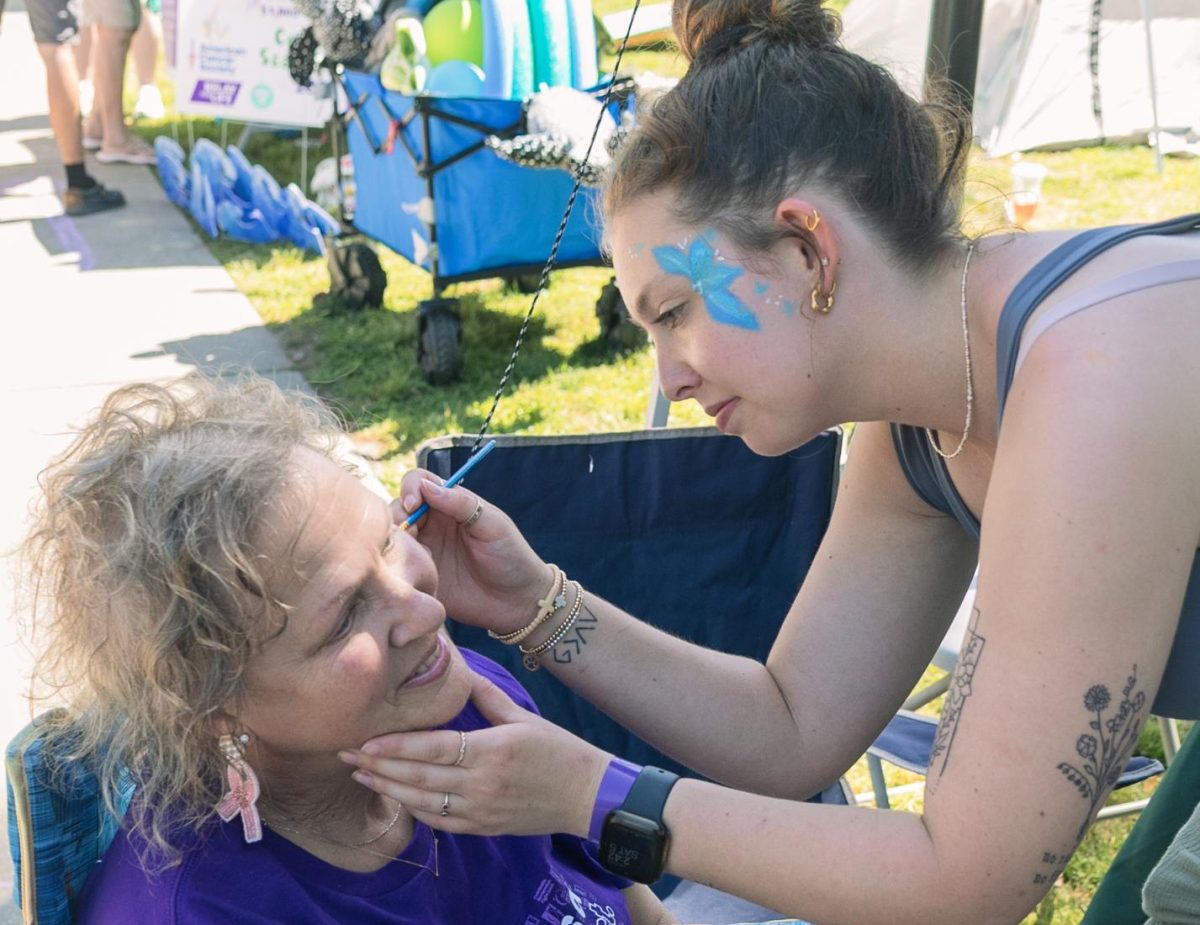
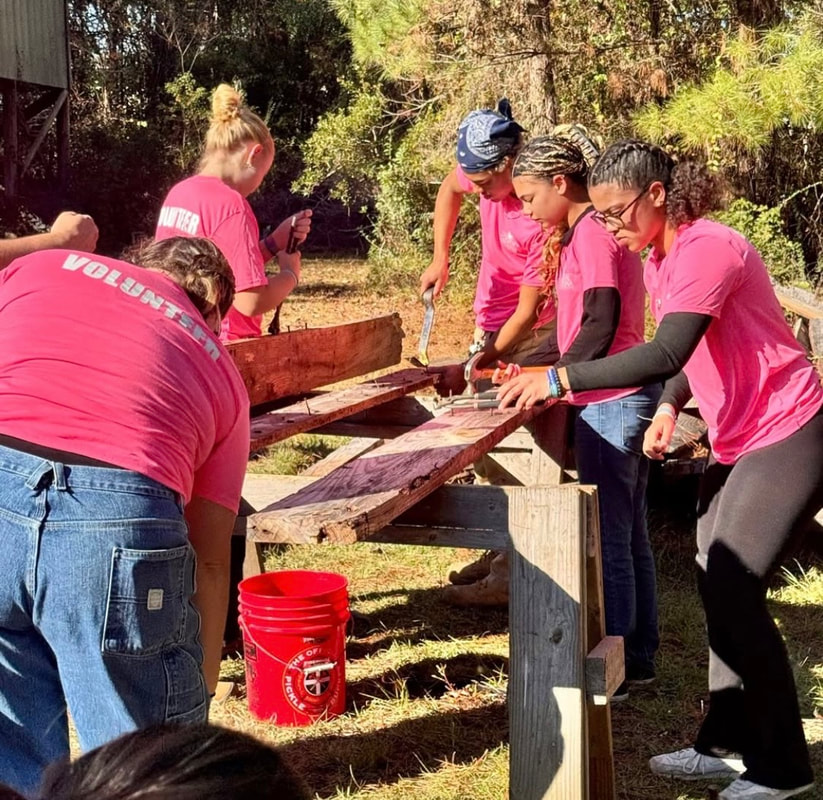







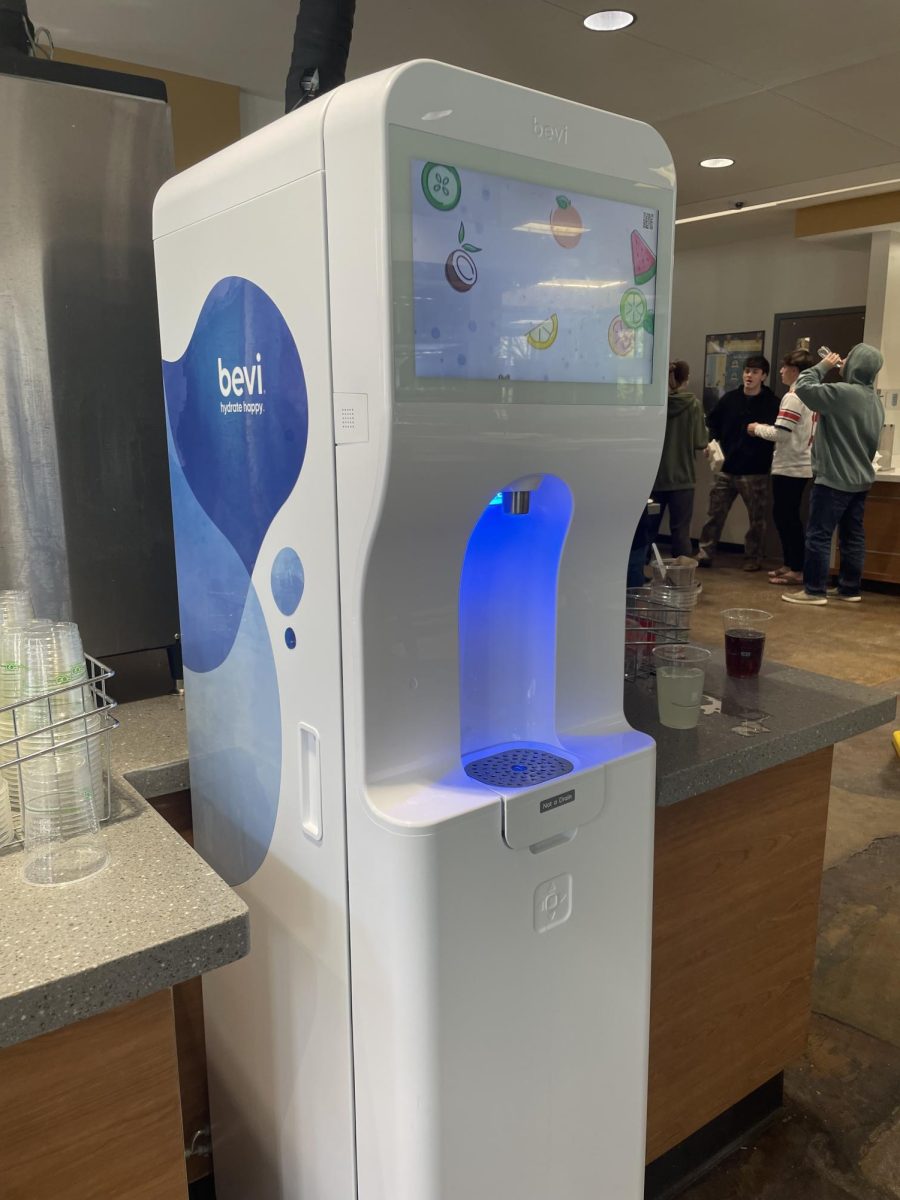
















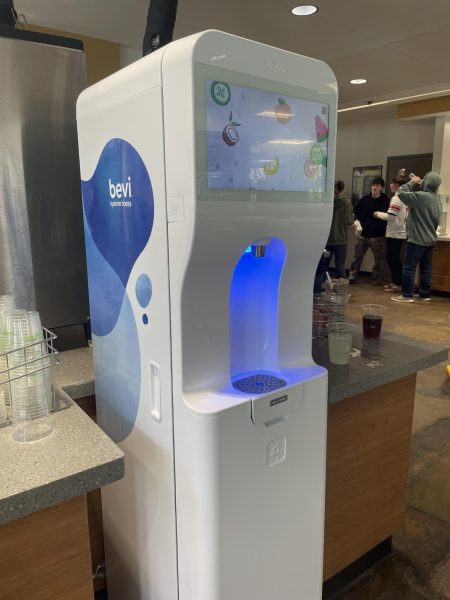
Bill Hills • Oct 22, 2022 at 8:50 pm
Good job Rebecca!